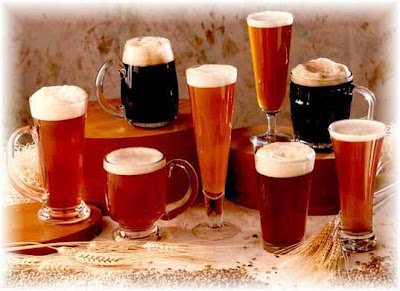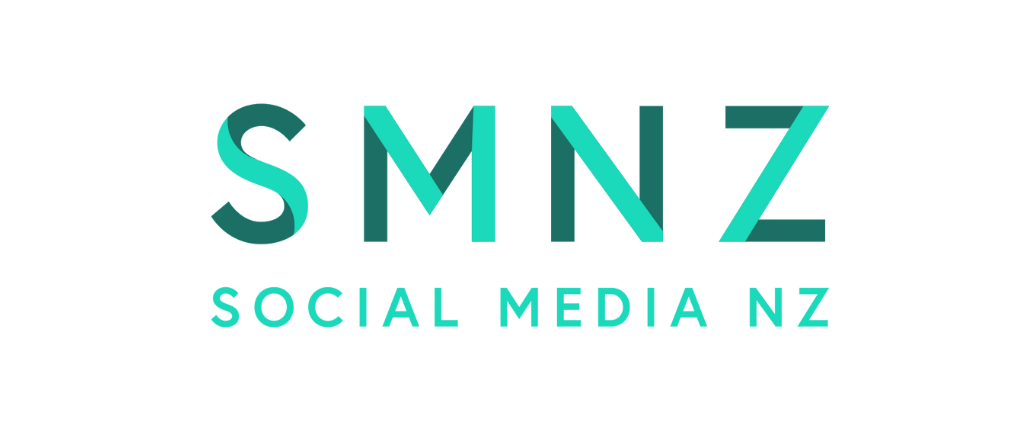The best beer porn you will see all day

How do you turn a grungy garage home brewing business into a rising international star? By sprinkling social media stardust on it, says Bill Rundle of Porter Novelli.
A little known fact about New Zealand males: over a third of them have tried home-brewing but most have not carried through with it due to the time involved and the low-quality beer produced.Last year, Alexandra Speedy and I had the privilege of working with Kiwi brewmaster and inventor, Ian Williams, a man who had solved this problem, as well as the 12 problems associated with homebrewing, and invented the world’s first personal brewery out of the garage of his Auckland home.Alex and I took on an initial product launch brief from Ian Williams in his garage where he had painstakingly spent the last seven years developing the revolutionary device.His objectives included:
- Launching the WilliamsWarn Personal Brewery in a way that achieved global media and social media exposure with a mainstream audience and beer enthusiasts.
- Driving social media engagement, and creating talkability and awareness of the product.
- Generating sales of the WilliamsWarn Personal Brewery in New Zealand and overseas.
- Attracting further investment to assist with expansion.
- Driving traffic to the WilliamsWarn website.
We went away and developed a strategy that would achieve these objectives without breaking the bank, and social media become a central pillar in our strategy to help WilliamsWarn go global.We created a traditional media launch event at the Auckland Art Gallery Art Lounge and unveiled the technology in front of key stakeholders, the Minister of Science and Innovation, local MPs, celebrities and beer enthusiasts. The traditional PR activity was highly effective in terms of generating mainstream news coverage in New Zealand, but it was the social media that took WilliamsWarn to the world.WilliamsWarn had global aspirations but a limited budget, so we recommended creating an online media centre on the WilliamsWarn website so local and international media could find all the information they needed, including high-res images and broadcast quality video, reducing the amount of time spent fielding media calls and freeing up Ian to respond to the expected deluge of post-launch emails.We helped Ian create Facebook and Twitter accounts and included links to these in all media materials. These social media profiles would become a key channel for Ian to engage with beer enthusiasts and the brewing community so they needed to be authentic. Despite the fact that he had no social media experience, we suggested Ian manage these accounts and ran a social media 101 workshop with him, advising him on platforms and best practice engagement, as well as introducing him to tools such as TweetDeck and the various smartphone applications.During planning stages of the launch, we stumbled across the WilliamsWarn instructional video, which resembled a kind of beer-porn video with soft focus, close up, slow motion shots of beer being poured and foam overflowing. We saw online potential for the instructional video and developed a plan to use the instructional video as a vehicle to get people talking about the WilliamsWarn Personal Brewery.Social news websites are often under-rated by brands engaging in social media, yet they are incredibly influential. Traditional media and online personalities tend to be the key users of these websites as opposed to the masses, so it's an effective way of reaching influencers. Targeting these social news websites was a key factor in getting online influencers tweeting about WilliamsWarn to thousands of followers and starting a snowball effect.Social news websites like Digg and Fark receive thousands of link submissions per day. Only a small percentage of links submitted are posted – having good content is often not enough. It is essential to caption links in a way that is creative, intriguing and humourous to ensure they are posted.We looked through coverage and selected a well-written article, complete with instructional video, on a blog called The Noisecast. This link was submitted anonymously to social news websites with the caption – "The best beer-porn you'll see all day. Spoiler alert: climax occurs at 2 min 57 sec, lots of head!"The link and caption struck a chord with the social news audience and it received more than 12,000 hits in 12 hours. It's important to note that these 12,000 hits were from global media and social media influencers who were then sharing it with their audience.The PR and social media drive launched WilliamsWarn onto the global stage. Google-ing WilliamsWarn prior to launch resulted in zero hits. After launch, Google results showed more than 100,000 hits for 'WilliamsWarn'. After three and a half months the instructional video had been viewed more than 170,000 times. The WilliamsWarn website had received more than 370,000 hits. The launch activity generated more than 20 million impressions (conservative estimate based on Tweetreach and Social Mention data) across social media channels.This activity has directly affected Ian William's business and following the launch he received more than 200 offers of distribution in 50 countries, including offers from three American department stores. WilliamsWarn sold out of his first batch of 60 units at $5,600 each. WillliamsWarn has also been able to attract further investment since launching.All of this was achieved on a small budget via Porter Novelli's PR and social media activity, with no further advertising or marketing support.

